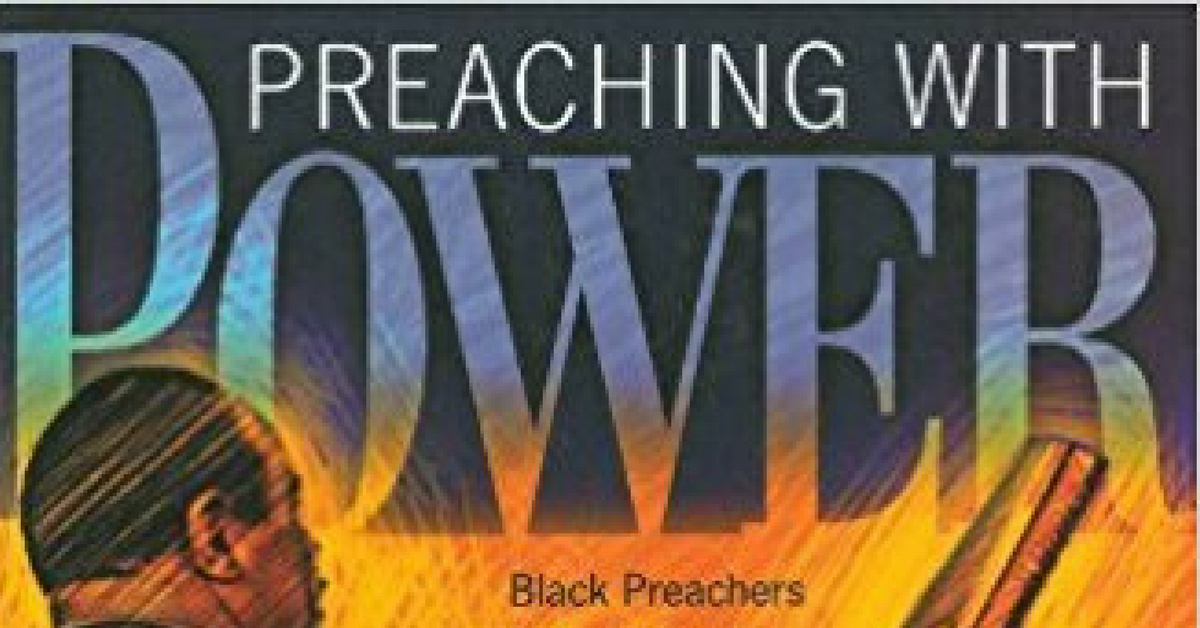 The Sabbath Pulpit is proud to be invovled in the Camp Meeting 2.0 series. Here is our submission to the community on Seventh-day Adventist Fundamental Belief #7
The Sabbath Pulpit is proud to be invovled in the Camp Meeting 2.0 series. Here is our submission to the community on Seventh-day Adventist Fundamental Belief #7
Man and woman were made in the image of God with individuality, the power and freedom to think and to do. Though created free beings, each is an indivisible unity of body, mind, and spirit, dependent upon God for life and breath and all else. When our first parents disobeyed God, they denied their dependence upon Him and fell from their high position under God. The image of God in them was marred and they became subject to death. Their descendants share this fallen nature and its consequences. They are born with weaknesses and tendencies to evil. But God in Christ reconciled the world to Himself and by His Spirit restores in penitent mortals the image of their Maker. Created for the glory of God, they are called to love Him and one another, and to care for their environment.
Introduction
Juanita Bynum is shown on the news. We see a prominent, strong, black woman beaten by her husband in public no less. I have known about domestic violence, I knew it was a problem, but before doing this research, I did not know how big of a problem. Approximately 1/3 of American women report that a close partner has physically or sexually abused them during their lives.What is Domestic Violence (Http://www.ndvh.org/dvInfo.html). It is estimated that 503,485 women are stalked by an intimate partner each year in the US.What is Domestic Violence. Family violence costs between 5 billion and 10 billion dollars annually in medical expenses, police and court costs, shelters and foster care, sick leave, absenteeism, an non-productivity.What is Domestic Violence. These numbers particularly become ominous when we take into account that domestic violence is often unreported.Becky Mabry, Domestic Violence Common, but Underreported, Inside Illinois, http://www.news.uiuc.edu/ii/00/1116violence.html; Mabry, Domestic Violence Common, but Underreported. This is certainly an epidemic. Because of the relative silence in this society, it is a quiet epidemic.
What is the Pastor’s Counsel?
And what do the preacher’s counsel? J. Lee Grady quotes a study of 5700 protestant pastors on issues dealing with domestic violence.J. Lee Grady, 10 Lies the Church Tells Women: How the Bible Has Been Misused to Keep Women in Spiritual Bondage. (Florida: Charisma House, 2000), 173. The first startling statistic was that 71% of pastors who returned the survey never counsel a woman to leave or separate based on domestic violence.Grady, 10 Lies the Church Tells Women, 174. 92% never counsel the woman to get a divorce because of domestic violence.Grady, 10 Lies the Church Tells Women, 174. 26% of pastors told women to go back to an abusive situation and submit.Grady, 10 Lies the Church Tells Women, 174. They said that God would bless the decision. In addition, 25% told the woman that her lack of submission was the cause of the abuse.Grady, 10 Lies the Church Tells Women, 174. These statistics show that too often the pastor is on the side of the abuser against the abused.
I do not have any illusions, while I do not have any research, I would suspect that many Pastors in our own Adventist church are just as guilty as preachers in other churches, but I believe that Adventism has within its theological system a core teaching that can help us attack this travesty. In this presentation, I will look at how an understanding of the Adventist view of humanity can help to confront this climate. This important component of Adventist theology is that the Bible teaches that there is a body and a spirit that we can separate.
Spirit and Body in Christianity
In much of western Christianity, a human being is essentially a spirit that inhabits a body. The spirit is more important than the body so we care more about the spirit than the body. This view seeks to minimize the importance of our physicality. Thus, an abused woman is in a problematic state, but her ultimate goal is to keep her spiritual connection to God intact. There are a couple of problems with this mindset. First, the Bible teaches that humanity is an indivisible unity of body and spirit.For example, see James 2:26 For just as the body without the spirit is dead, so faith without works is also dead. This states that without the spirit, the body is dead and thus you need both to have life. Also Gen 2:7 in the KJV And the LORD God formed man of the dust of the ground, and breathed into his nostrils the breath of life; and man became a living soul. Here humans do not have a soul, but each one is a soul. Another problem is that we cannot psychologically separate body and spiritual needs. As can be noted, physical abuse against women affects them physically, spiritually, and psychologically. What affects our spirit affects our body and vice versa.
Embodiment and Dualism
Perhaps one of the biggest problems with this dualistic understanding is that it means that I am never really my body. But, in contrast to dualism, we promote an embodiment.See James B. Nelson, Embodiment: An Approach to Sexuality and Christian Theology (1978: Augsburg Publishing House, 1978), Chapter 1. This principle recognizes that [t]he body is the means by which I can know objects, persons, and events.Nelson, Embodiment, 20. Nelson goes so far as to say that, If I do not realize the profound sense in which I am a body, if in a false spiritualization of my selfhood I deny my embodiedness, I will also tend to minimize the personal significance of activities which I carry through my body.Nelson, Embodiment, 20. Thus, everything I experience in my body is less important. However to fully recognize my embodiment shows that we are a unity not two independent parts. It also pushes us to respect individuals and their bodyright.For a discussion of bodyright see Gudorf, Body, Sex, and Pleasure, Chapter 6. It also forces us to respect our own bodyright and work against any infringements whether from others of from even our theological tradition. This will allow women to stand up for herself even if one seeks to use the tradition against her. She can say, This is wrong because God made us in God’s image and this defiles that image.
Being True to the Best of Our Selves
Body and Spirit being one means that Adventists can not simply worry about the spiritual without worrying about the physical. Our history shows that at our best we have attempted to do just that. At our best we talked about the importance of health and how it affects even our spirituality. At our best we shuttled slaves in underground railroads because God cares about our physicality and you can’t separate the physical from the spiritual. At our best, ADRA today continues working to bring clean water to various locations because physicality and spirituality are inseparable.
And today, I hope that we will continue to push this. For at our best we can not look aside while Corporations destroy the environment when what affects our physicality affects our spirituality. We can not look the other way when it is time to decide where the city dump will be located. We cannot go ahead and just eat anything that strikes our fancy for our spirituality affects our physicality. And yes we cannot ignore those who have been abused.
I praise God for the doctrine, Lord help me to be true to it and its implications.
 The book of Hebrews demonstrates both continuity and discontinuity between the Old Testament and the New. The fact that the writer of Hebrews wrote the book demonstrates the power that the Old Testament sacrificial system held over many of the believers in the Jesus movement.
The book of Hebrews demonstrates both continuity and discontinuity between the Old Testament and the New. The fact that the writer of Hebrews wrote the book demonstrates the power that the Old Testament sacrificial system held over many of the believers in the Jesus movement. 



